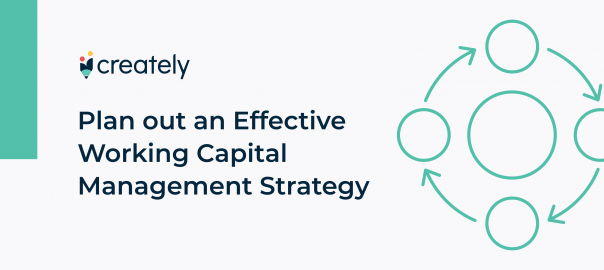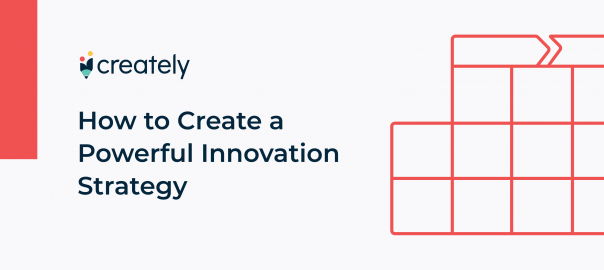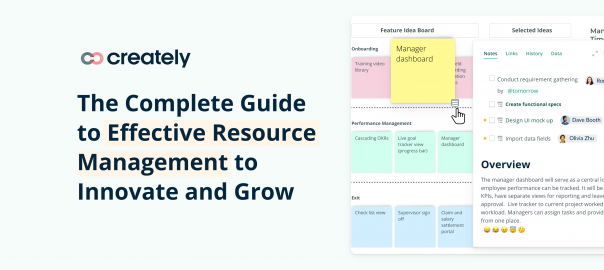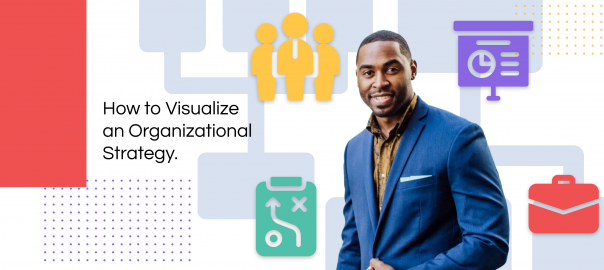Why do many businesses easily succeed, while many more struggle to survive and eventually fail? A key reason is strategic alignment, or lack thereof. While the best-aligned organizations perform the best, those that aren’t, flounder because they fail to make… Read More





